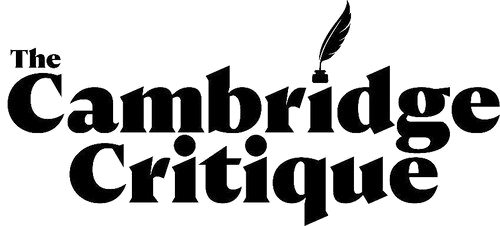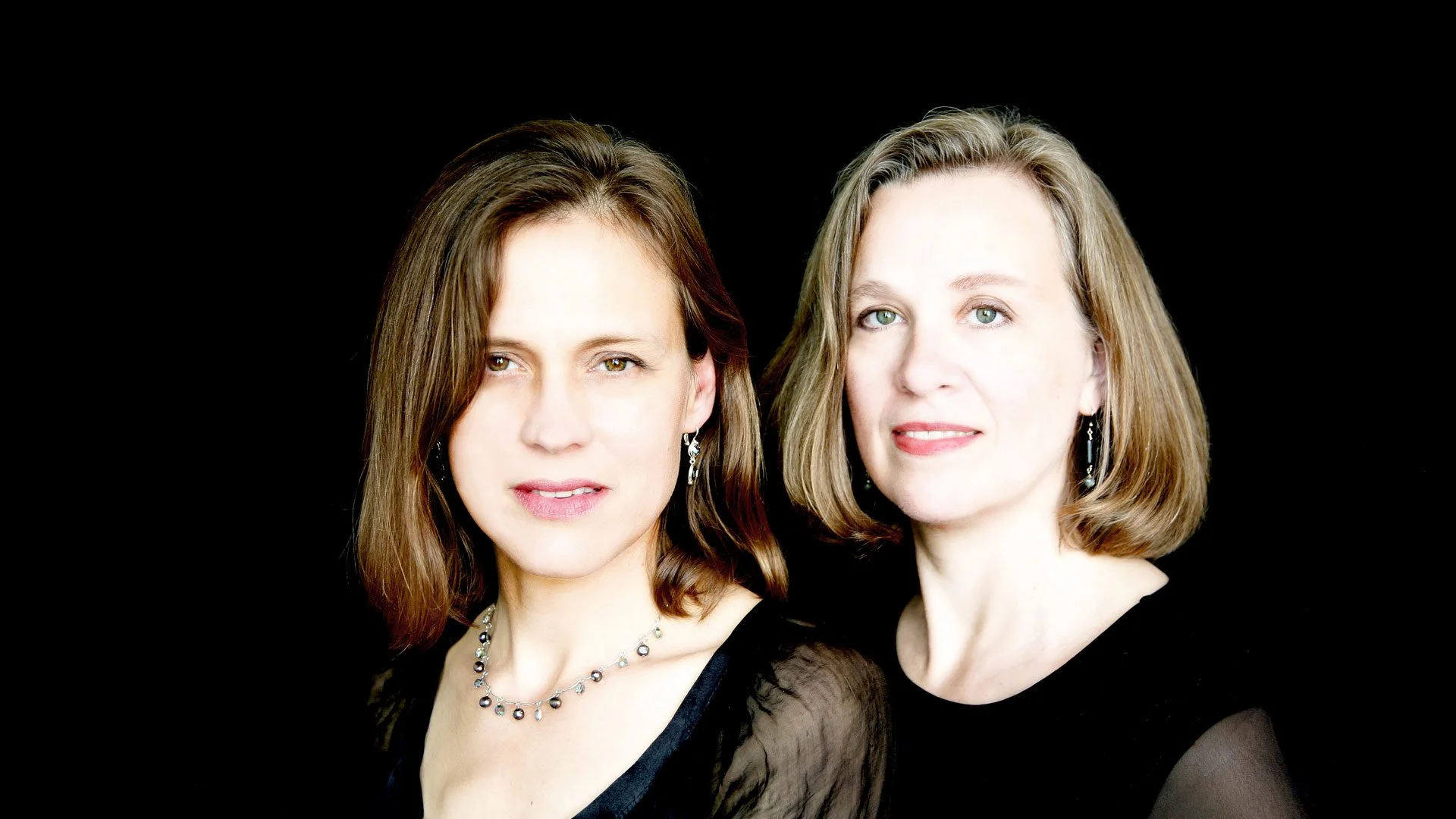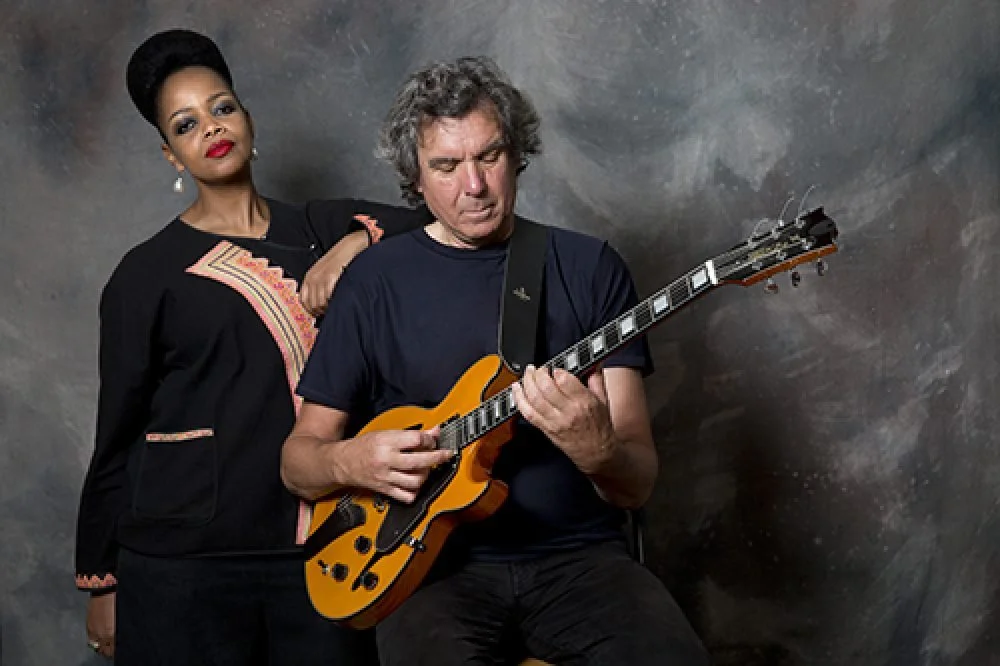PIANO DUET - CAMRIDGE MUSIC FESTIVAL
Bugallo -Williams Piano Duet
‘Brilliant concrete work’ murmured my companion as we stepped into the Fitzwilliam College auditorium. An architect, (there were several in the audience) he was right. As proof, next to the entrance was an award from the Concrete Society. The exceptional auditorium – an elegant giant squash court in concept – was perfect for a concert as unique as this one. It was exploratory.
Concrete beauty was just the first entirely new experience. Music followed. The performers, Americans, Amy Williams and Helena Bugallo are both specialists in contemporary music, soloists often, world renowned, they are especially keen on the wildly way out, extraordinarily recondite yet wonderful music of Conlon Nancarrow.
The Duo has a mission to bring this quintessentially original composer to the wider world. Bizarrely, Nancarrow’s music is mostly written for player piano, pre-set music on a roll once very popular. Amy and Helena have transposed these compositions, including 13 Studies for two pianos and perform them on a pair of splendid Steinways standing centre stage. The result is unique. There is jazz in there – Thelonious Monk filtered quietly through the first pieces, with a warm rhythmic intensity. It was a tantalizing taster. The familiarity did not last.
The Duo’s next piece was Steve Reich’s Piano Phase. The two performers side by side, now on two pianos, looked as if they were in some surreal typing pool. Eyes fixed on the five variations they played the same sequences for what seemed an eternity. Achieved by a light reconstruction of the familiar 12 note pattern of the musical canon, Bach, Stravinsky, Indian and African influence, Reich creates a ‘quasi hypnotic transformation’. After what felt like hours (it wasn’t) an unfamiliar calm descends and - this might be going a bit far- a heightened awareness of smell and hearing.
‘That is nothing’ a visiting Swedish pianist told me in the interval, other composers like Morton Feldman for instance, play the same sequence for six hours at a time.”
The notation is a miracle of minimalism. There is no score as such, one crowded piece of paper encapsulates the work, played over again, with a brief respite on another brief page before the performers revert to the skilful repetition.
Nancarrow followed with some fascinating atonal reconstructions of the Piano Play. Concentration from the artists was breath-taking. To replicate the Piano Play they had to lean across one another – complicated by his tempo edict- ‘as fast as possible – or even faster’.
A piece by György Ligeti, another composer from the early twentieth century emerged with colour and brilliance in a piece called Self Portrait with Reich and Riley’, the Duo achieved a win with a hard piece to produce with its Presto echoes of Chopin’s B minor Sonata – a reference I have to say I missed entirely, but still appreciated the texture of a unique composition.
Nancarrow pieces made up the rest programme. The two virtuosi pianists, beautiful, poised, and silent (they spoke not a word on stage) created a transcendent evening. If obscure, it was brilliant.
And the concrete played its part. Nancarrow’s resonant acoustics emerged from upright instruments equipped with leather and metal hammers on the pianos. And also, critically, from his cement cased studio. Fitzwilliam College auditorium was the perfect setting.
Congratulations to the Cambridge Music Festival for an original exciting event a real rarity. The final concert Tenebrae promises more thrilling music
Buffalo -Williams








